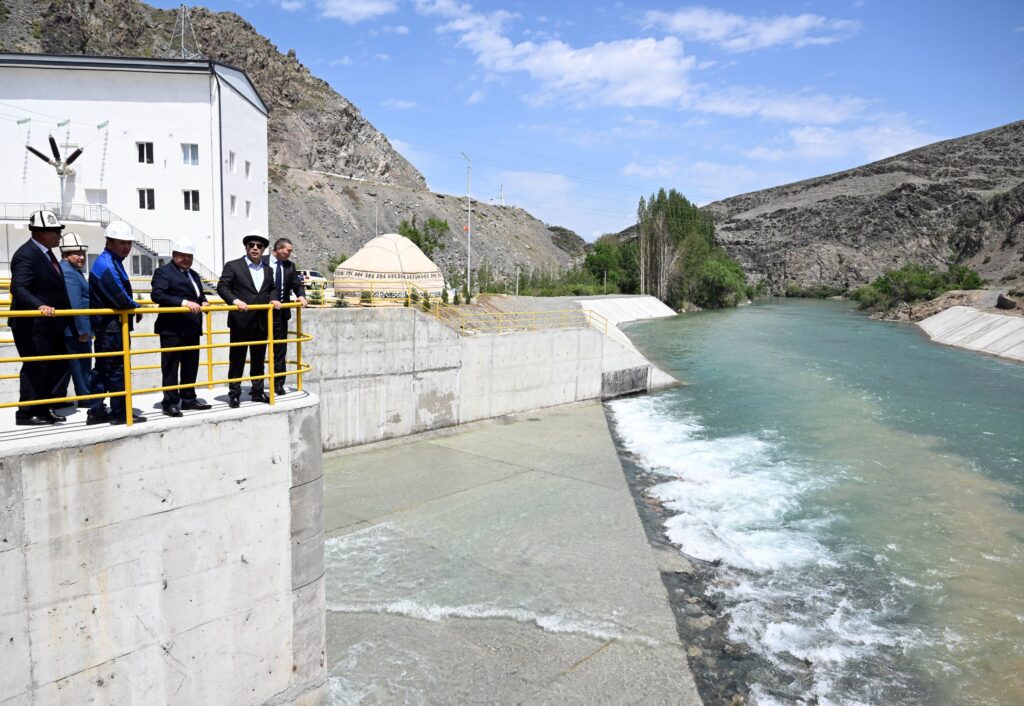How Kyrgyz Authorities Are Fighting Energy Shortages
Despite the launch of the construction of the Kambarata-1 hydroelectric power plant, Kyrgyzstan needs more electricity. One solution could be to launch small hydropower plants. Officials said building such plants on the country's numerous rivers is not costly. According to the Kyrgyz Energy Ministry, commissioning such HPPs could take only 1.5-2 years. There are currently 24 small hydropower plants in operation in the country, and there is potential for more than 80 more. In an interview with The Times of Central Asia, Kyrgyz Deputy Energy Minister Nurlan Sadykov said that every citizen has the opportunity to build a small hydropower plant. Startup permits can be obtained quite easily. “We have a Green Energy Fund, which is authorized to issue land for small-scale energy needs, including the construction of solar panels and wind farms. This body holds a competition where anyone can participate equally, whether a Kyrgyz citizen or a foreign investor. The main thing is to confirm your financial capabilities,” Sadykov said. Sadykov said most investors borrow from local or international banks in one way or another. The authorities can guarantee the return of invested funds through electricity tariffs. “A presidential decree has been issued. According to the document, the state is guaranteed to buy electricity. If the investor wants to receive money for generated electricity in foreign currency, the state can provide payments in US dollars,” the deputy minister emphasized. Chinese and Russian companies are interested in building renewable energy sources in Kyrgyzstan. A campaign to raise funds from local businessmen is also underway. It is worth noting that Kyrgyzstan is experiencing an increase in electricity consumption. The country produces about 14 billion kilowatt-hours annually, but consumption, especially in winter, can reach 17 billion kilowatt-hours. To compensate for the missing electricity, the authorities import it from Kazakhstan, Turkmenistan, and Uzbekistan.

